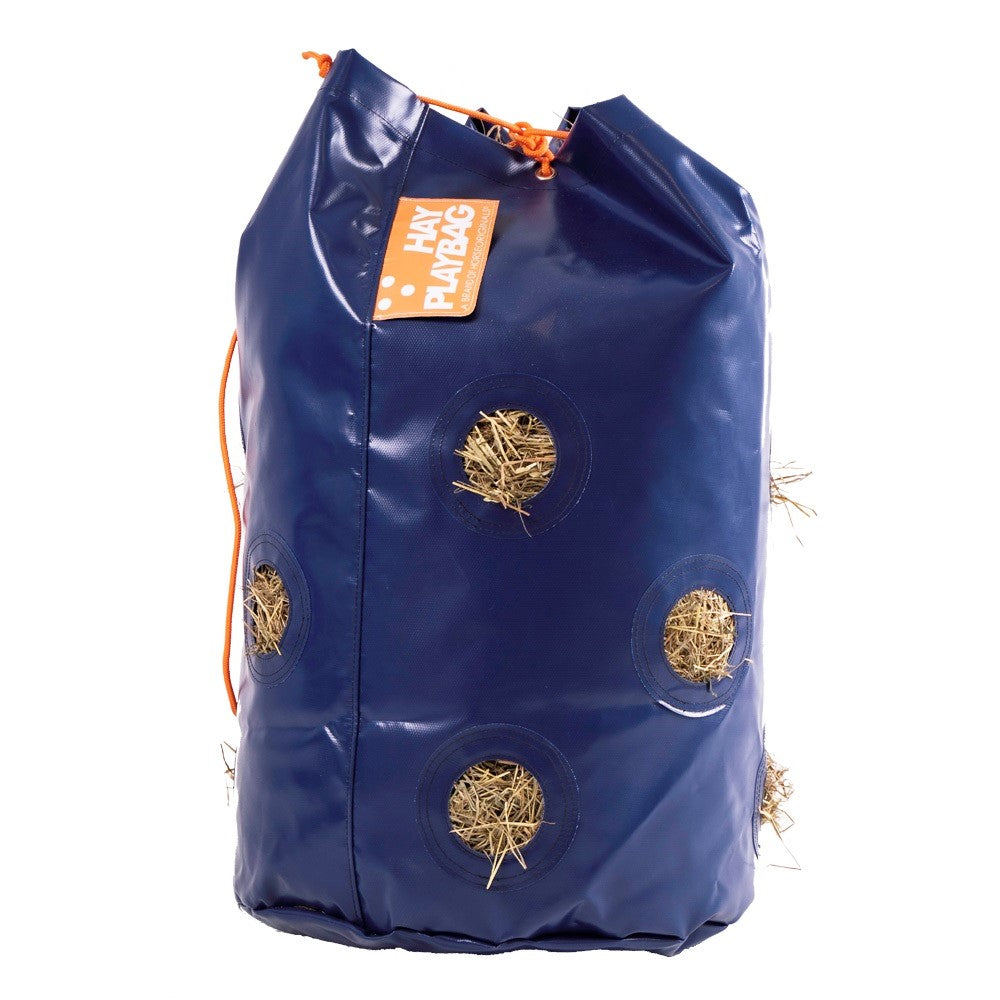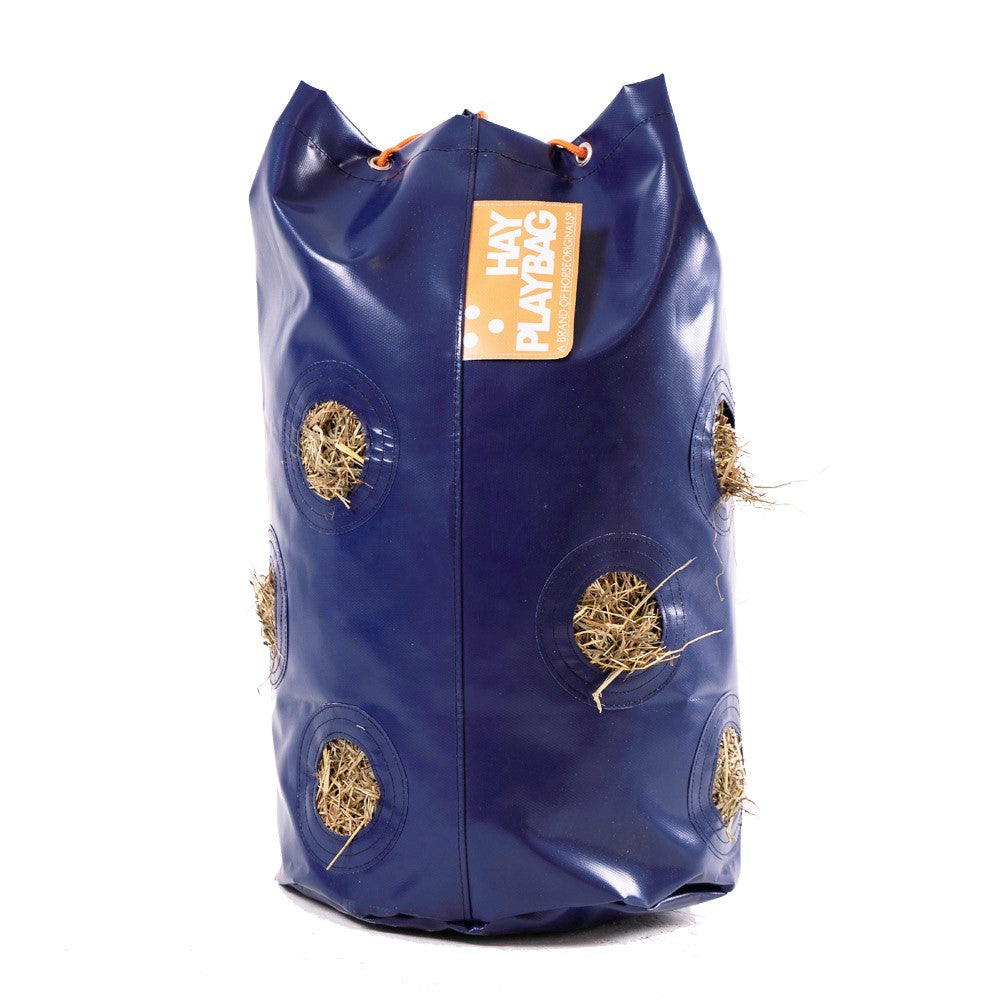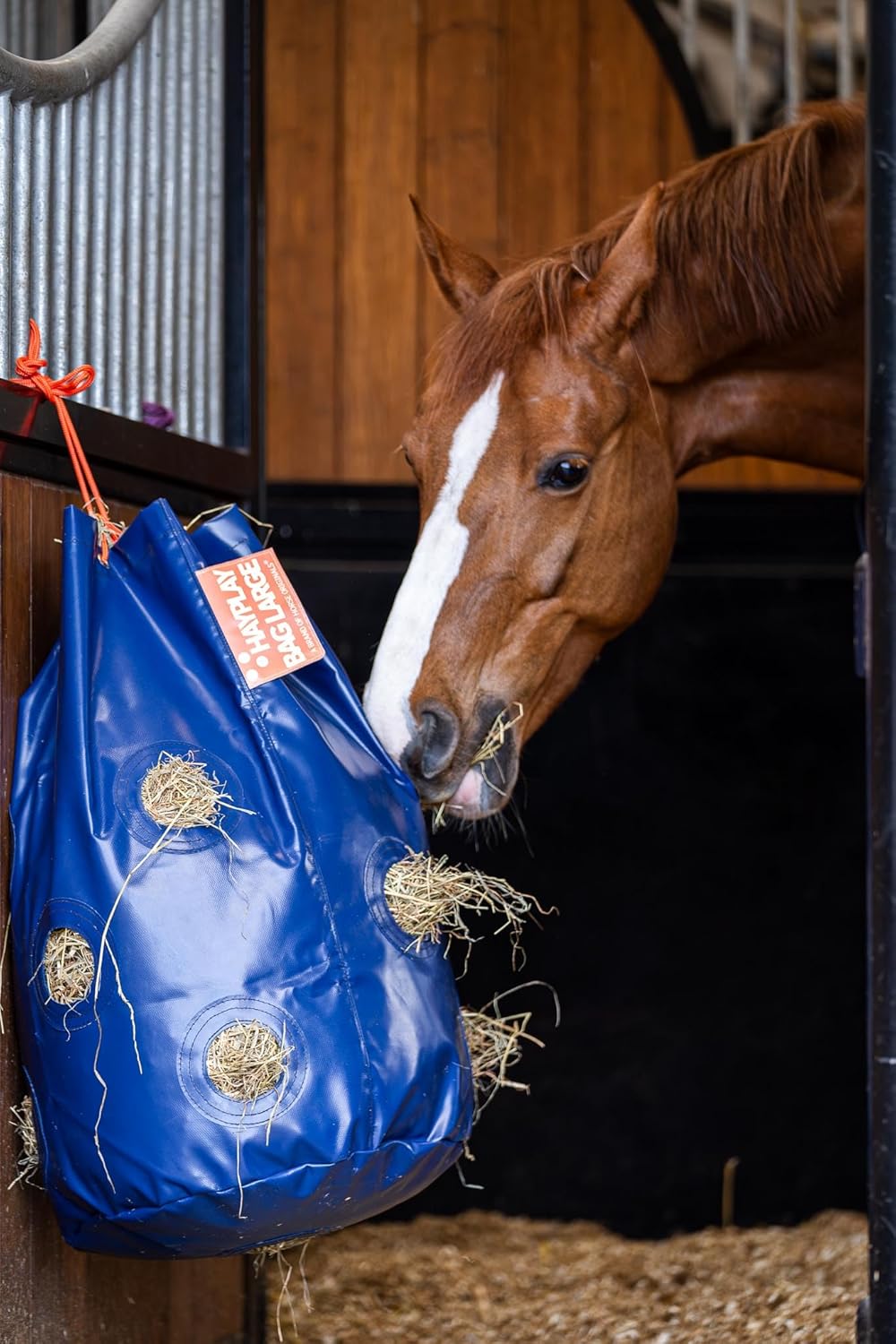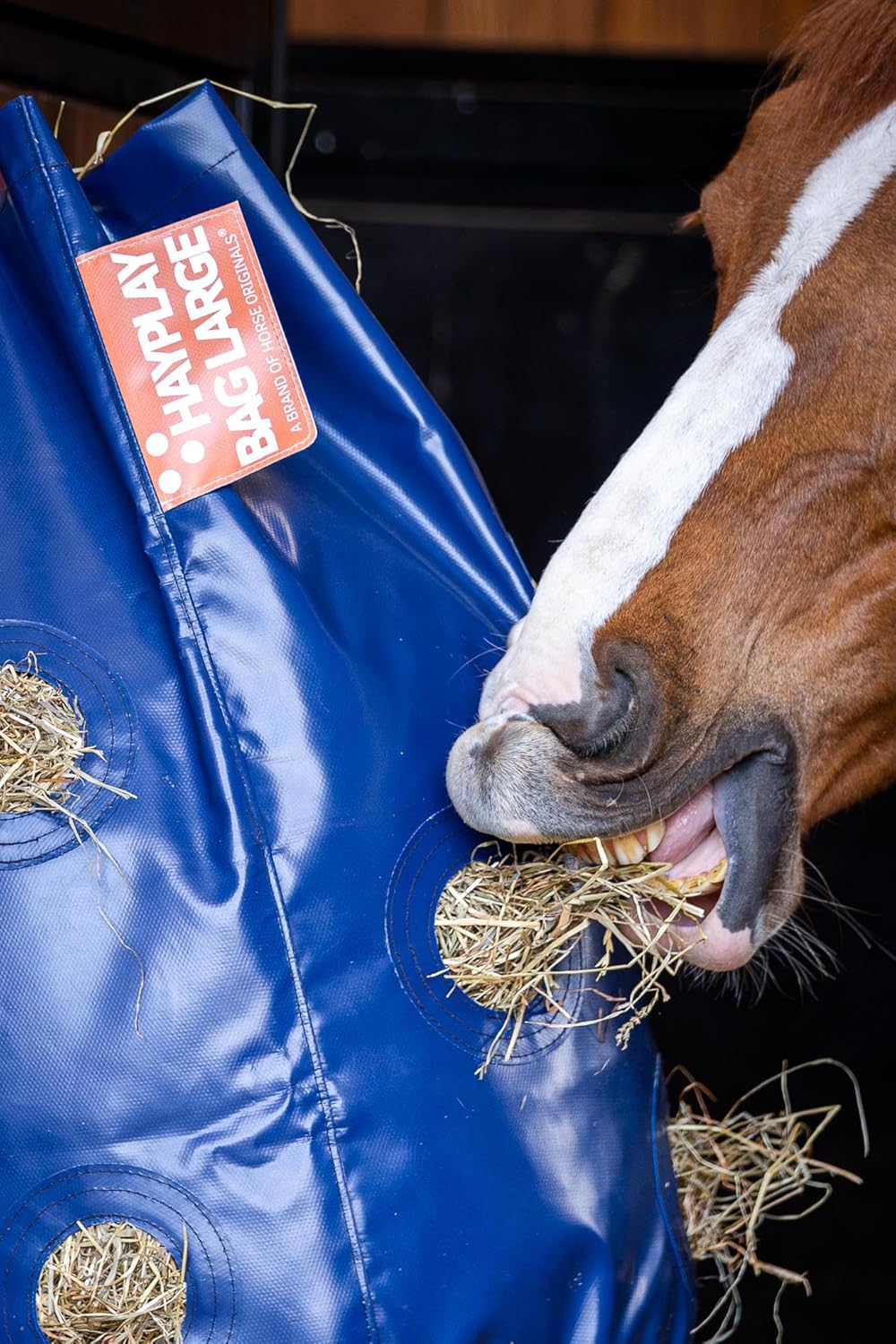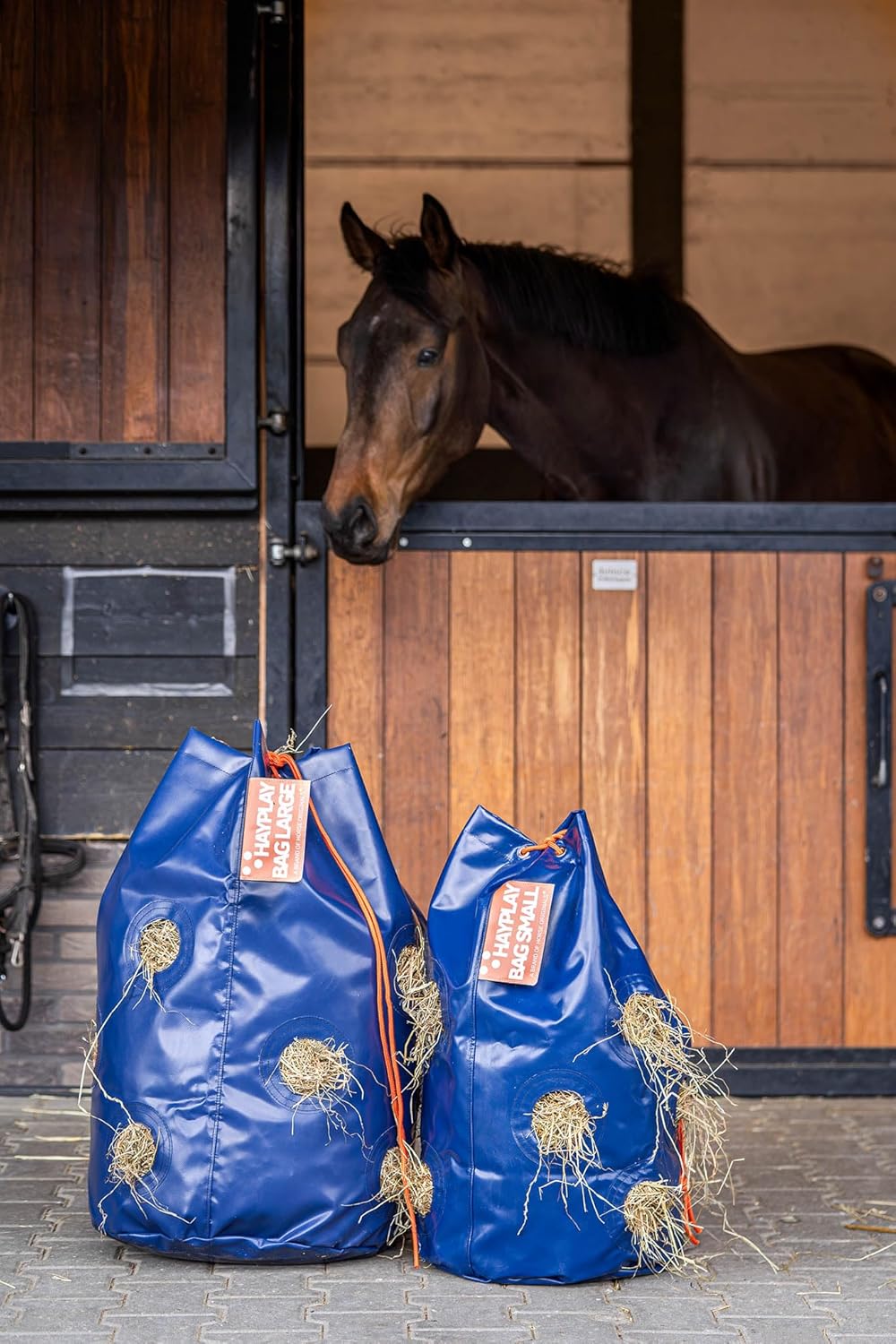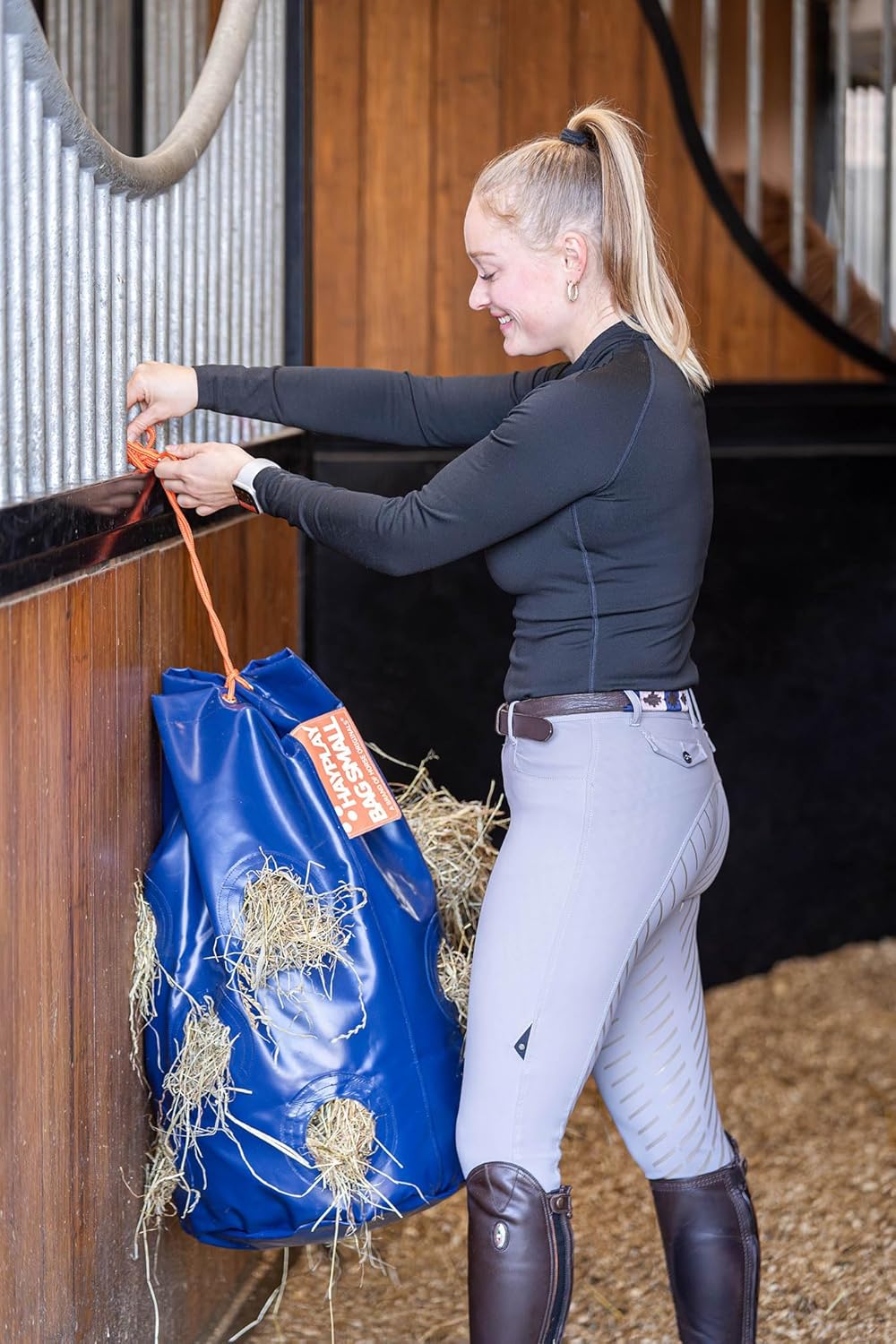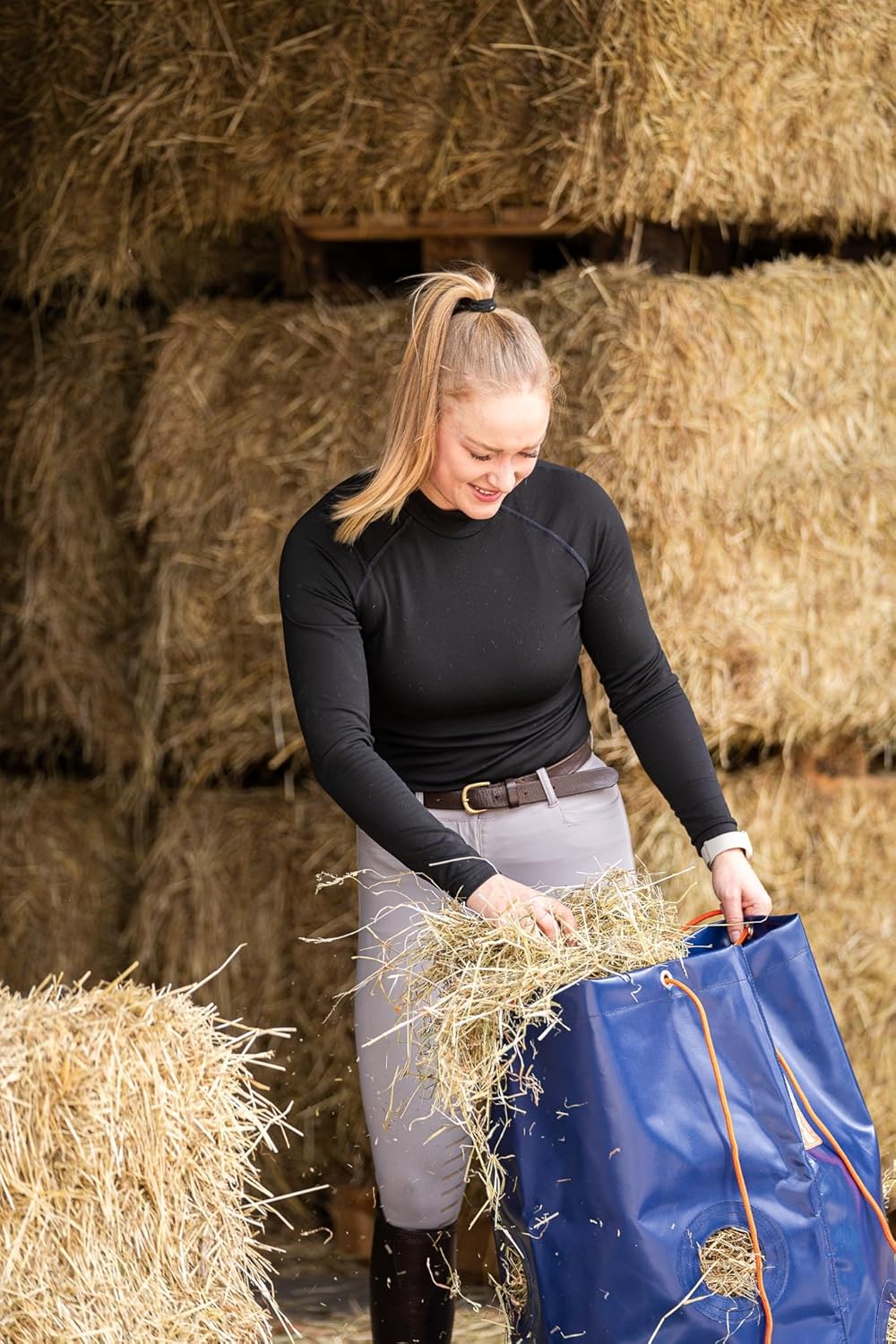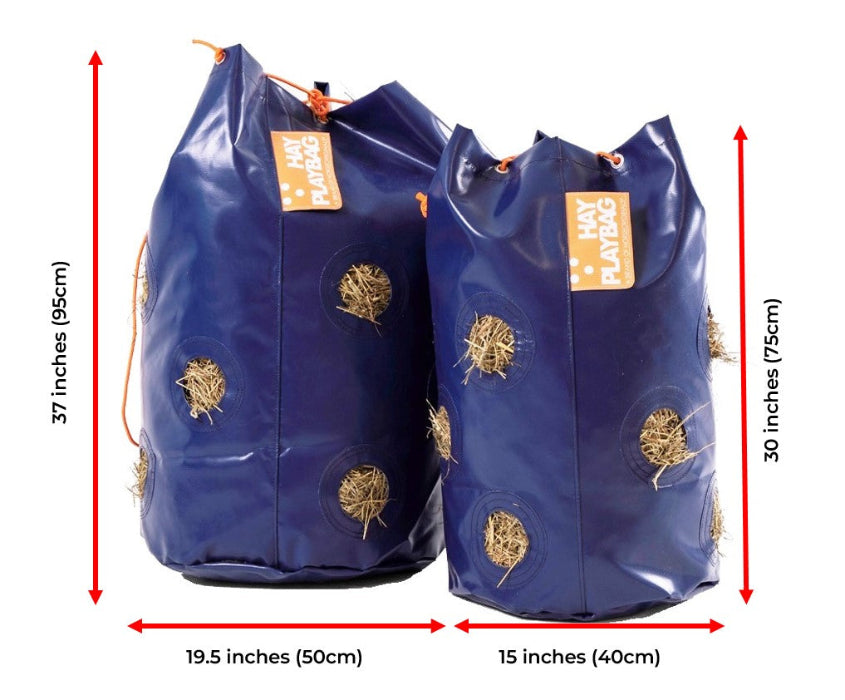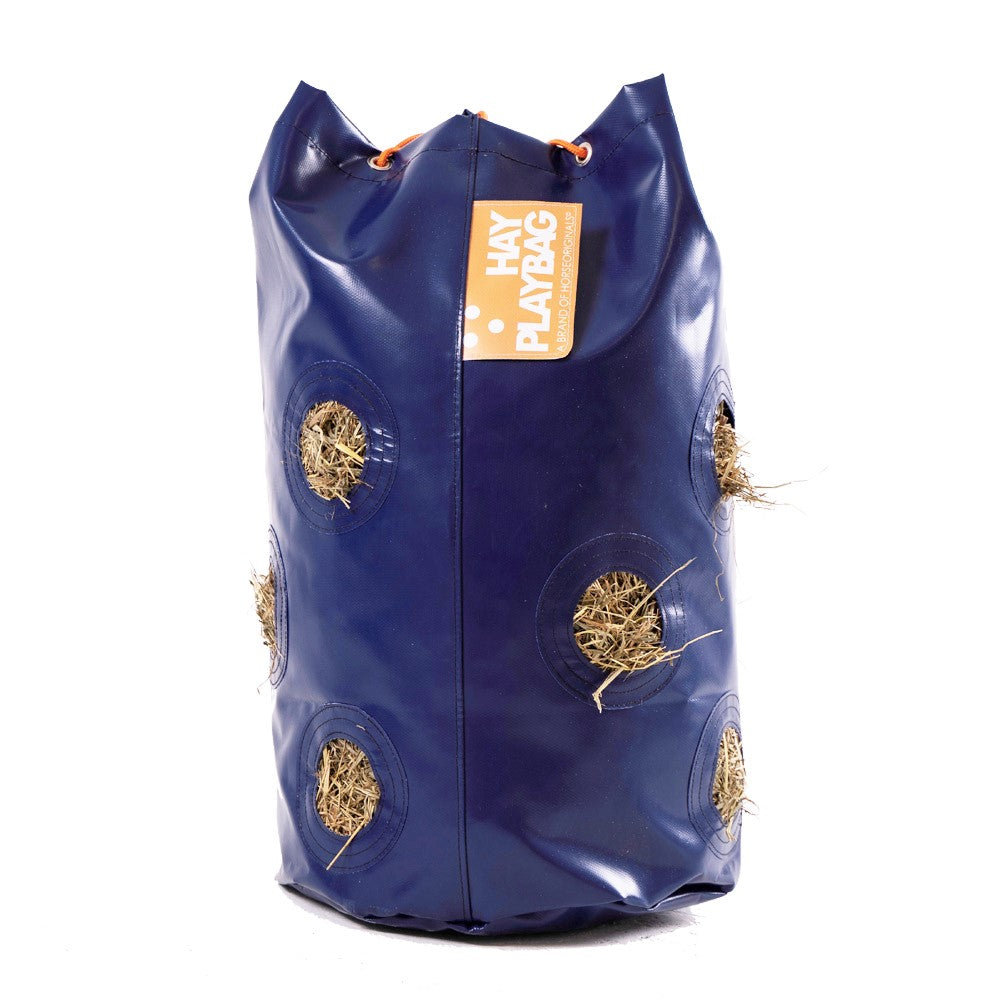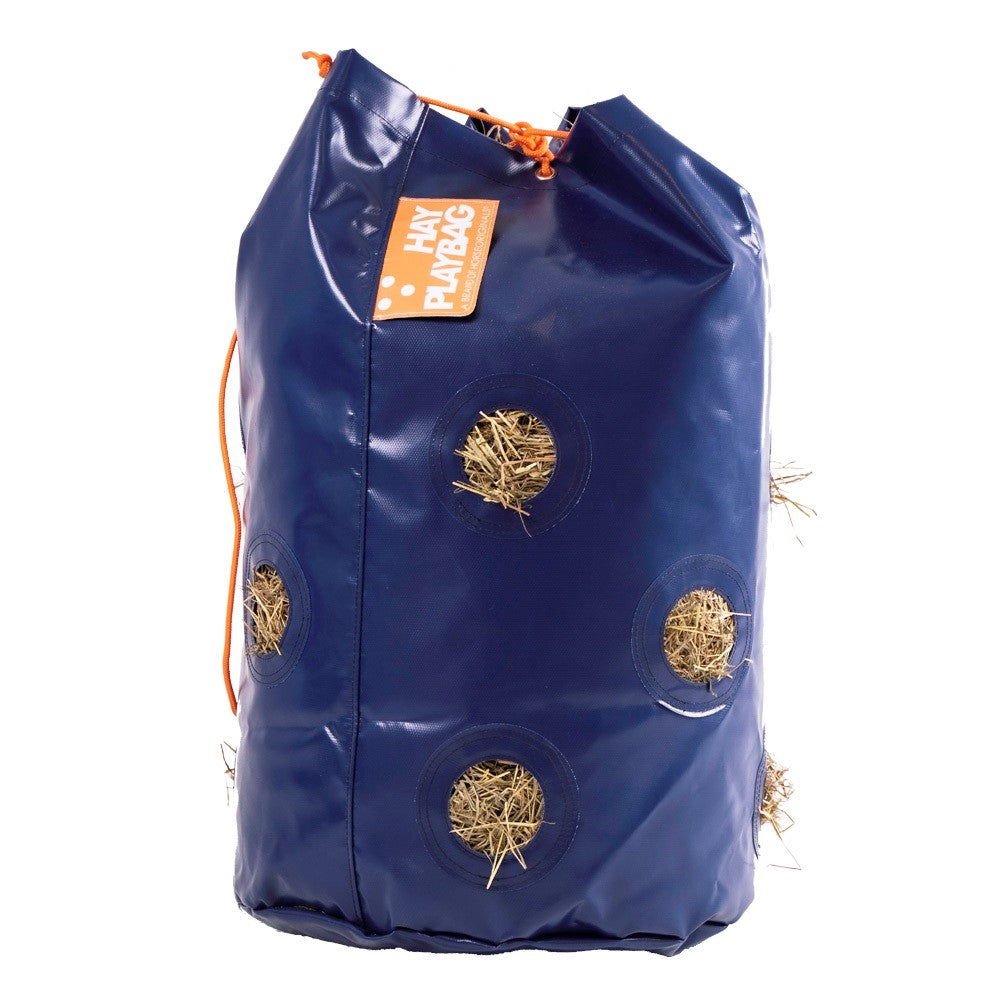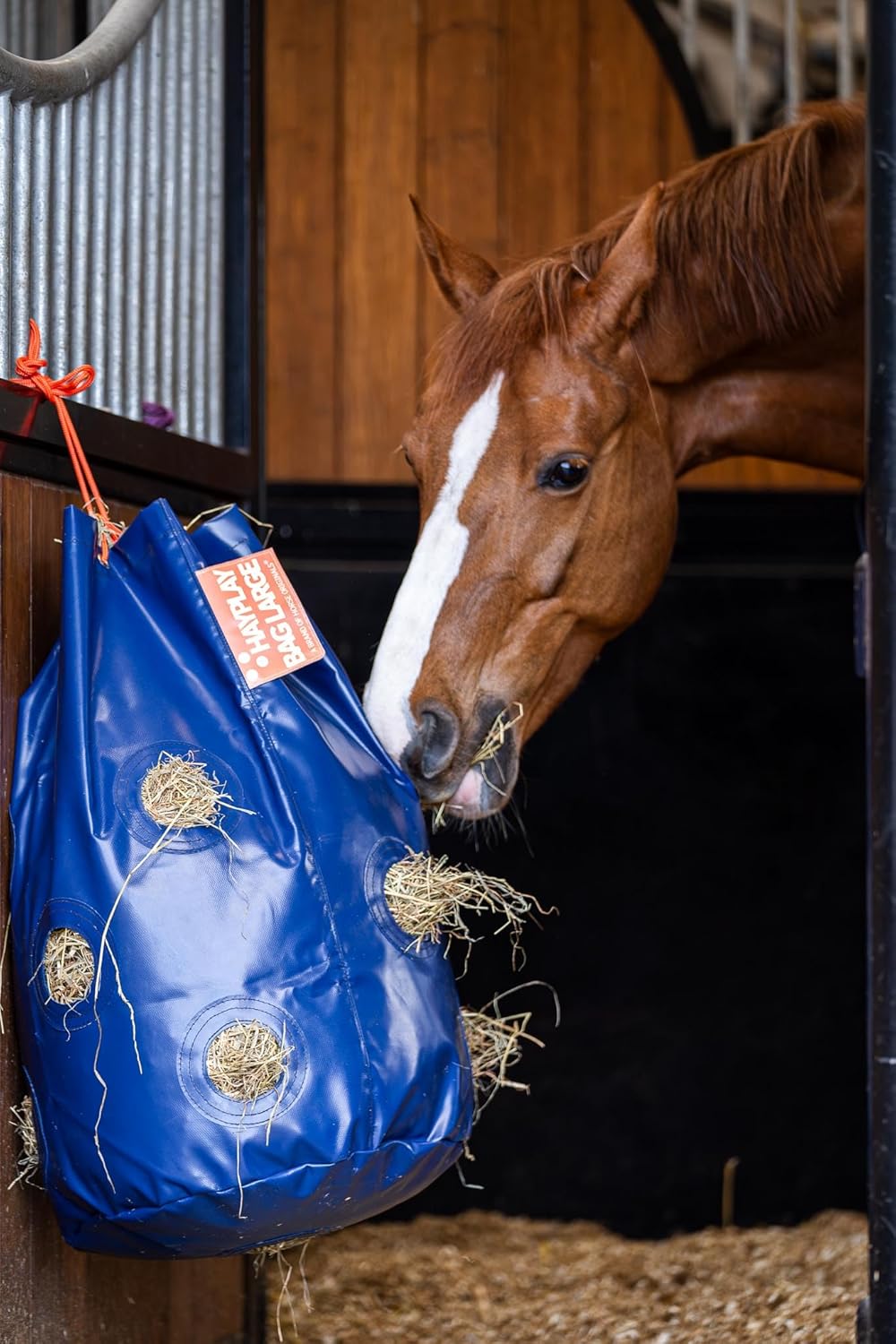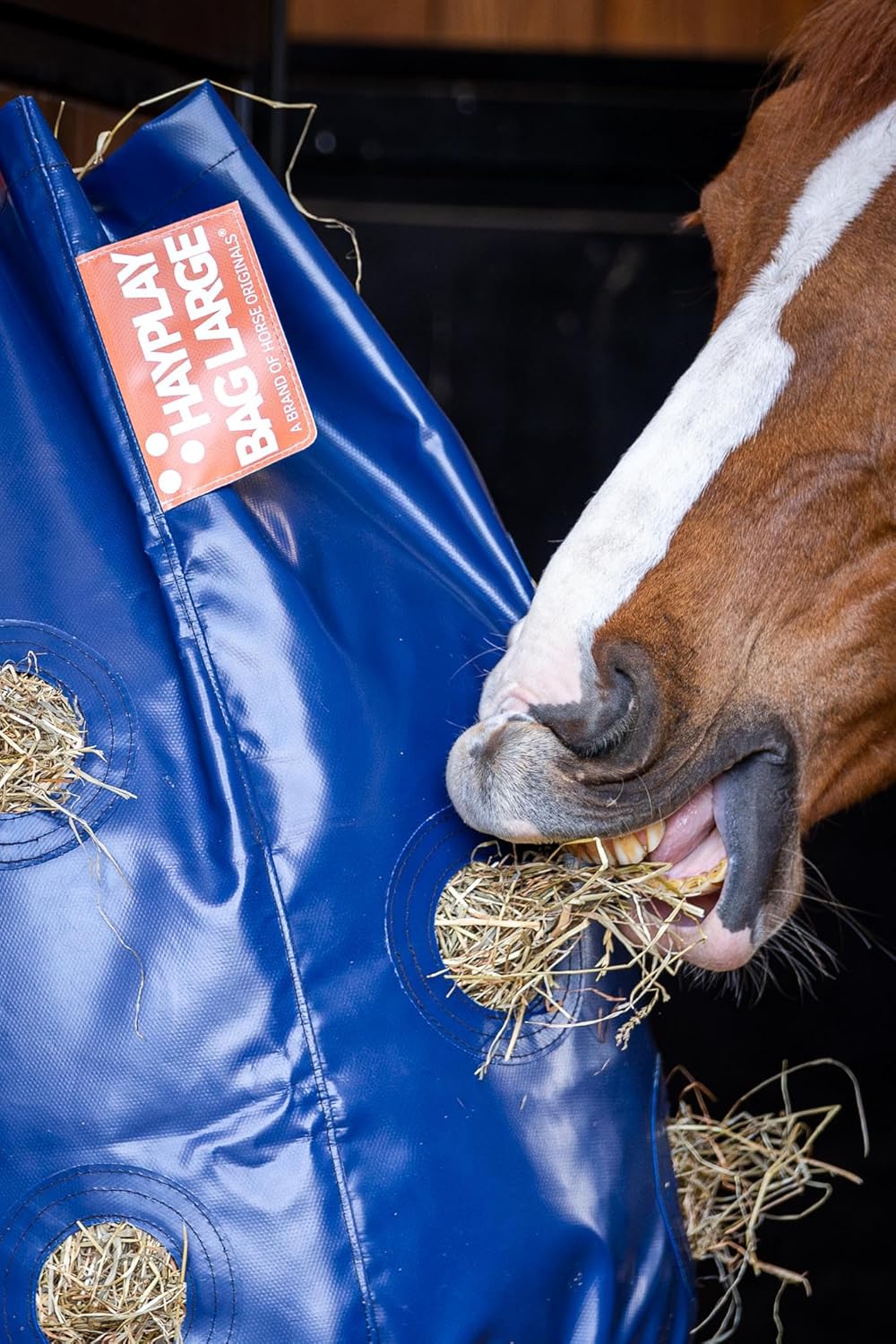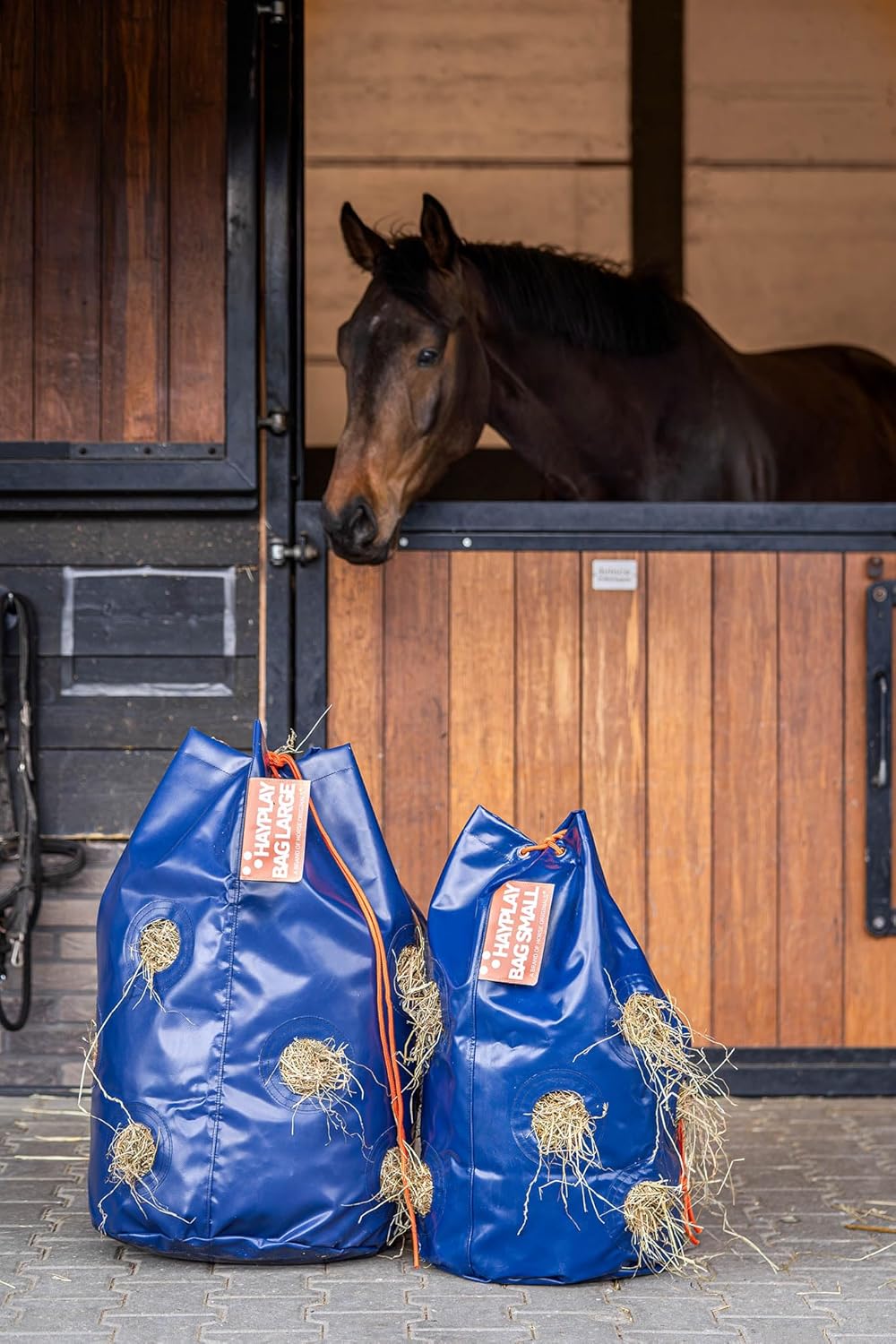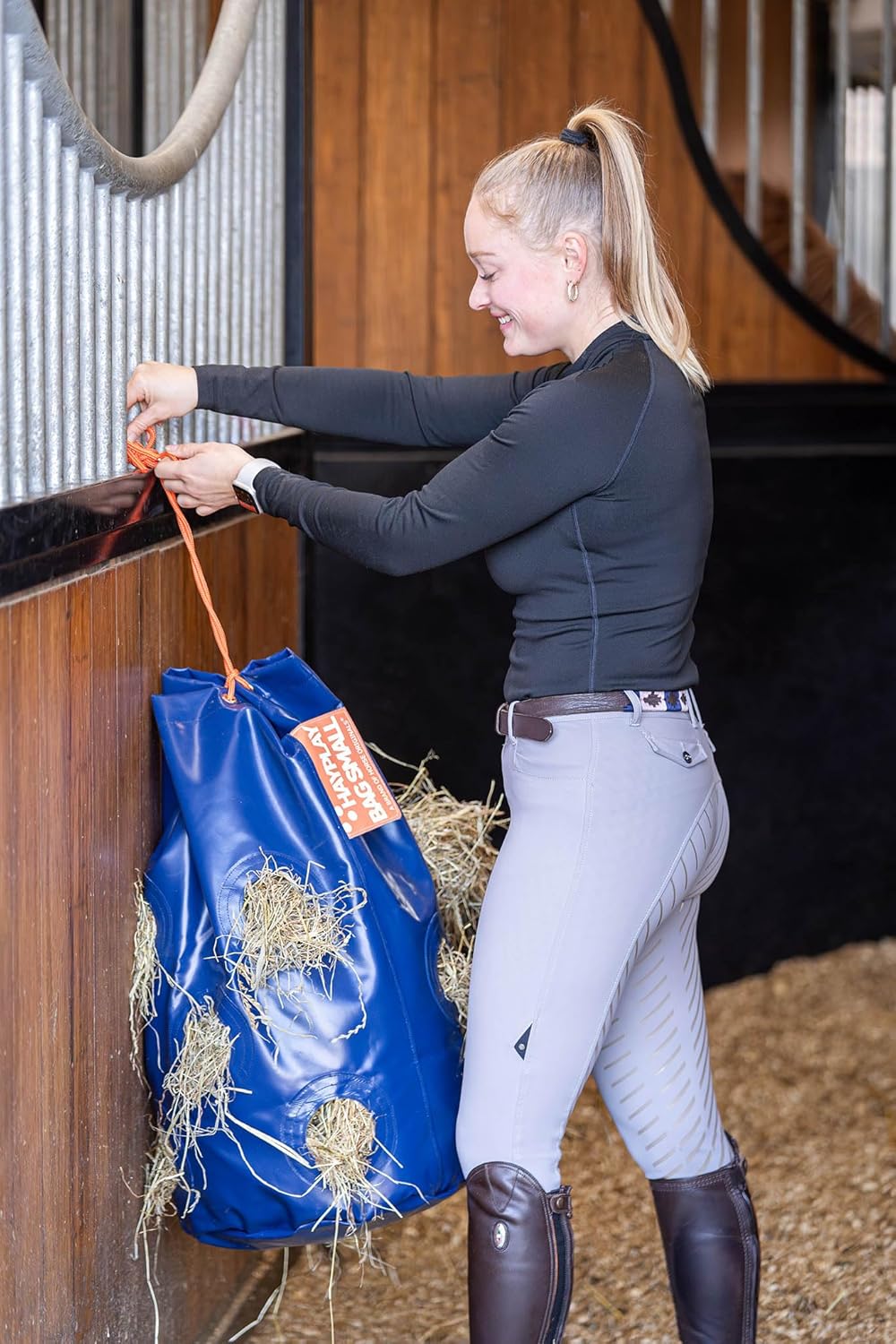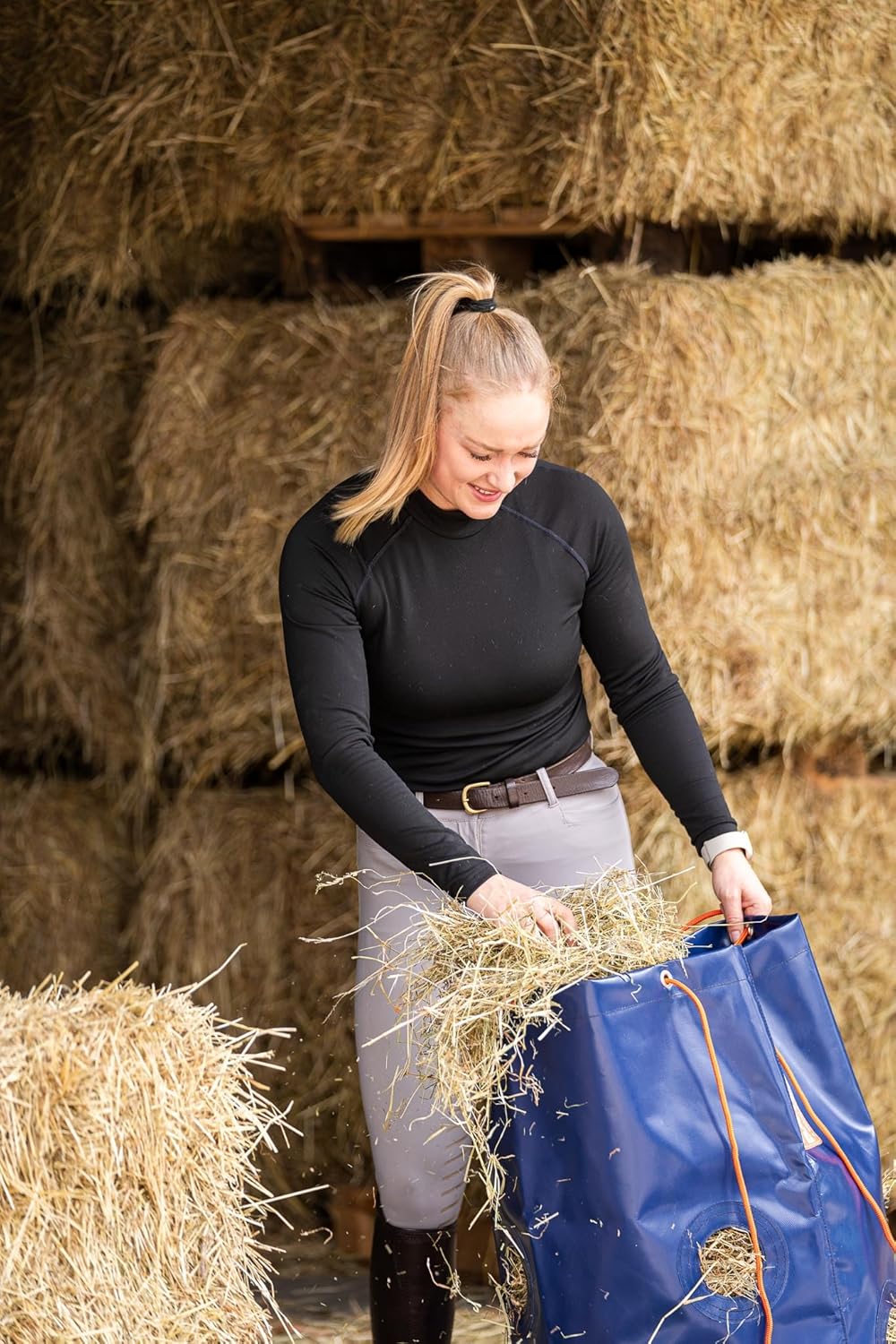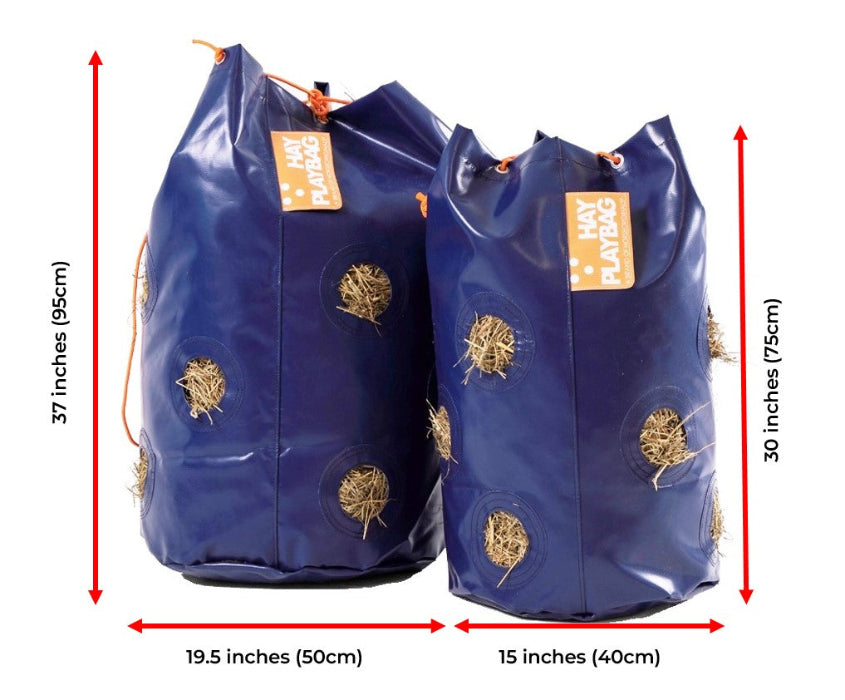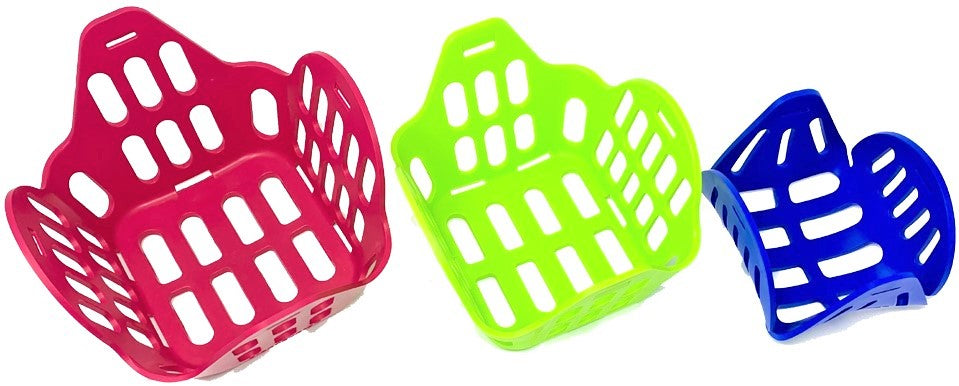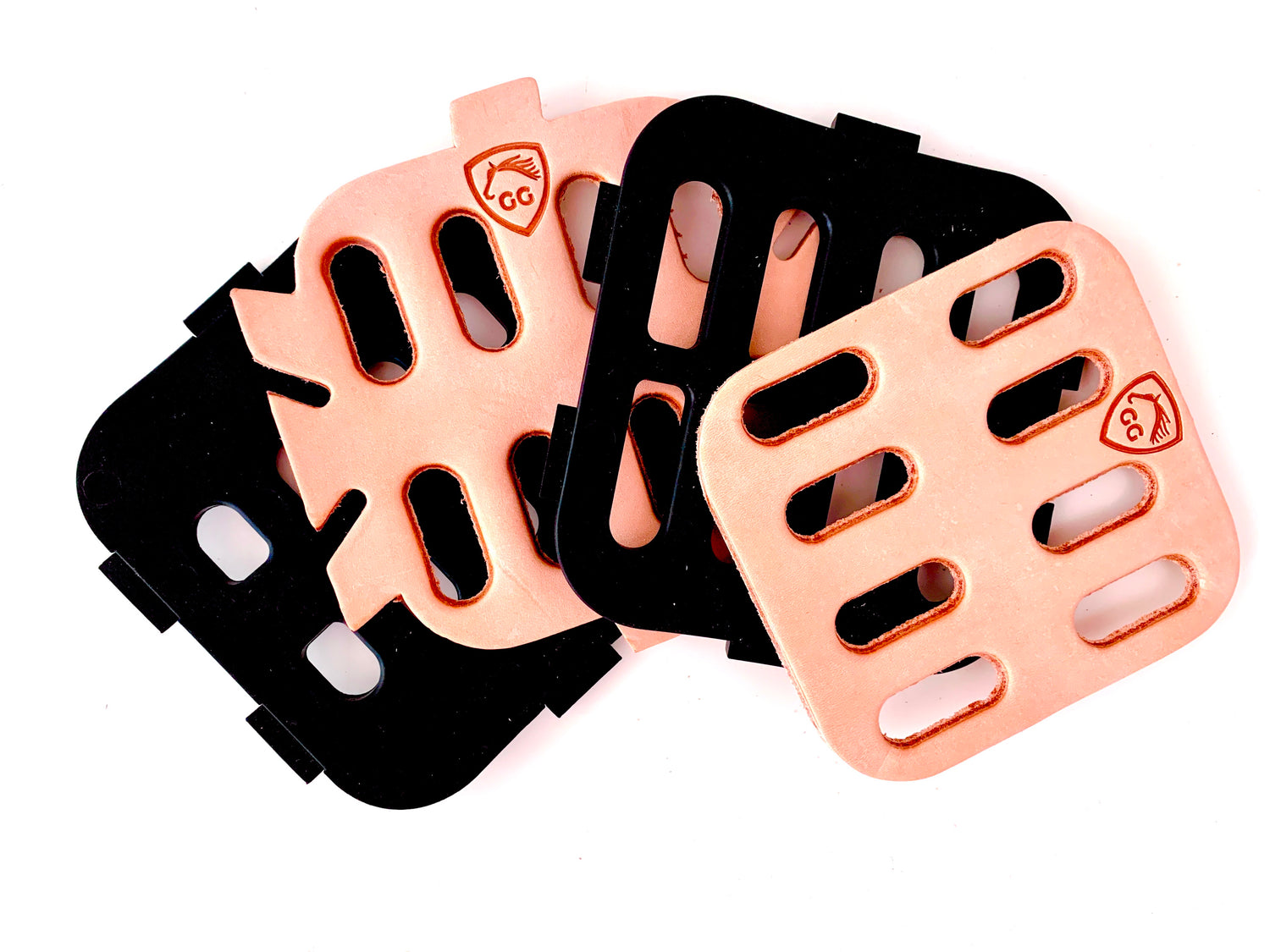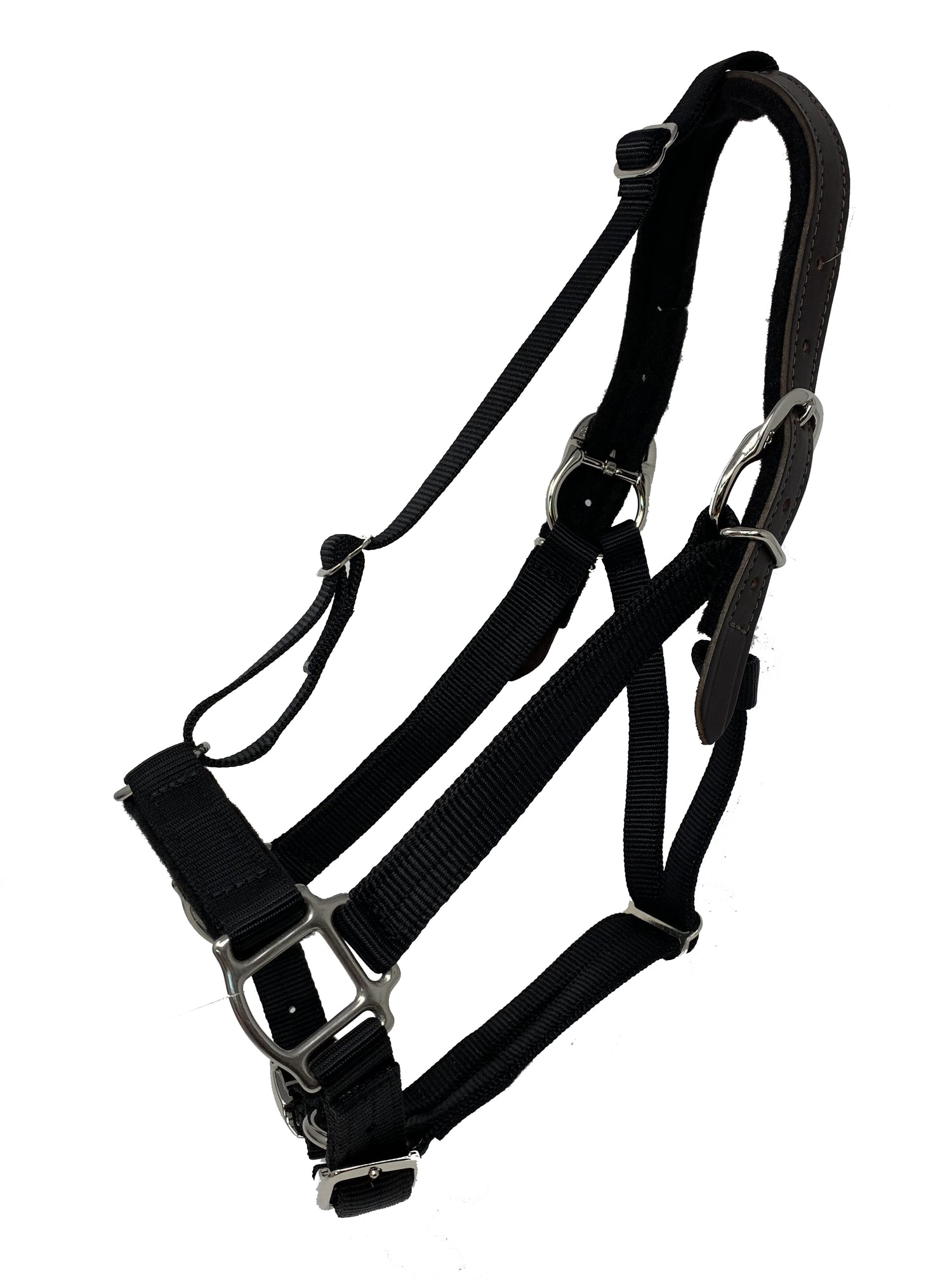Overweight horses are cute and squishy, but we shouldn't forget that those extra pounds place significant stress on your horse's body and may lead to metabolic disorders, joint problems, and trouble thermoregulating. These easy keepers need a helping hand to find a healthy weight.
We also shouldn't let our eyes deceive us. You and your vet can estimate your horse's weight and check body weight with the Henneke Body Condition Scoring system. Then, you can create a weight-reduction plan to bring your horse to a healthier weight and lifestyle.

Understanding Overweight Horses
On a superficial level, horses gain weight when they eat extra calories than they need for basic body functions, exercise, and play.
However, many other factors like age, breed, metabolic issues, dental health, hormones, and fitness plan contribute to a horse's body weight and health.
A horse's weight will also fluctuate seasonally. Fall and winter daylight hours trigger a horse's brain to grow a winter coat and collect fat to keep them warm. This change in daylight hours and extra fat creates weight gain. If a horse's training schedule lightens in cold weather, this can amplify this weight gain.
Because we see our horses regularly, we are often tricked into thinking their weight is the same. Compare that to a horse you see rarely; it's easy to see changes then.
Identifying Signs of Obesity in Horses
There are many ways to see signs of obesity in horses.
You can feel their sides and try to find their ribs. Fat horses have ribs that hide! Also, look for extra padding in other areas like their necks, flanks, and shoulders.
A weight tape can give you an estimation of their weight. There are different ways to measure a horse's weight with a weight tape, so it's essential to stay consistent in measuring trends over time.

This little obese pony has ribs that have disappeared.
Body condition score (BCS)
To measure your horse's body condition, compare your horse's body type to the Henneke scale. This range, from 1 to 9, indicates how overweight or underweight a horse is. Horses scoring 1 are dangerously thin, while 9 indicates significant obesity. Scores ranging from 4 to 6 are considered healthiest.
You and your vet can examine fat in six areas: the neck, withers, behind the shoulder, ribs, tail head, and over the rump. A visual inspection and a hands-on exam can help your vet categorize your horse.
Your veterinarian is a neutral, non-judgmental assessor of body weight. As horse lovers, we may unintentionally favor our horses in one direction or the other. It's helpful to have expert eyes and hands to complete this exam and track progress.
Henneke Score Description
1 Poor: Extremely emaciated
3 Thin: Ribs, backbone, and hip bones easily visible
5 Moderate: Ribs are easy to feel, withers rounded
7 Fleshy: Fat deposits are noticeable
9 Obese: Bulging fat deposits
Health Risks Associated with Equine Obesity
As loving stewards of our horse's health, we know there are complications from obesity in horses. We take care of their nutritional needs, and we also need to feed an overweight horse properly to attain a healthier weight and prevent so many of the problems that obesity brings.
Metabolic disorders
A horse's metabolism can develop equine metabolic syndrome (EMS) or insulin resistance (IR) due to weight gain. They can't properly regulate blood sugars and insulin with these conditions. The result is a higher risk of laminitis and some types of colic, often triggered by sugars and starches, especially in commercial feeds and pasture grass.
Another metabolic disorder, Pituitary pars intermedia dysfunction (PPID), also known as equine Cushing's disease, starts with malfunctioning of the pituitary gland and is not necessarily a direct result of weight gain. In fact, PPID can cause weight loss and muscle wasting.
PPID will also increase the risk of laminitis and colic as EMS and IR do.

Overweight horses have additional stress on their joints and hooves.
Joint stress
With added heft, the joints support and move more mass. This burden can create or worsen arthritis as a response to the inflammation caused by extra weight.
Muscles must also work overtime, increasing the risks of strains and stress. You may notice that their skills and abilities decrease as their fitness decreases.
Hoof problems
Hooves are comparably tiny structures that support the entire body, and hoof health is crucial for overall health. When that body is overweight, this puts more pressure on the hoof wall, bars, and heels, among other things. Combine this with the added risk of laminitis, and the hooves can struggle.
One of the signs of EMS is sore feet, especially after eating or when in pasture. This soreness is most likely low-key laminitis. Sore hooves are painful and indicate a future laminitis episode that may not be so mild. Horses with frequent bouts of soreness after pasture and laminitis often develop more abscesses due to the damage inside the hoof.
Digestive issues
Heavier horses have trouble regulating insulin and blood sugars and are more susceptible to the gas and possible laminitis that sugary and starchy foods create. A horse's hindgut relies on a healthy balance of microbes to digest fiber and sugars. When insulin and sugars disrupt this system, complications increase.
Fat deposits can also contribute to colic when they interfere with the gut. The pockets of fat can strangle the gut, making food digestion slow and dangerous.
Obese horses also create fat buildups in the liver and muscle tissues, complicating liver and muscle functions.
Thermoregulation
A horse with extra body fat acts like a layer of insulation. They may also struggle to stay cool in warm weather, especially during exercise. This dysregulation of body temperature may trigger overheating or heat stroke.
The same can be true in the winter, especially if they are unclipped. A winter coat plus extra layers can be too much in cold weather, resulting in sweat and temperature dysregulation.

What your horse eats is just as important as how they eat.
Assessing Your Horse's Current Diet
When examining your horse's diet, consider where they get their calorie, energy, and nutrient supply. This diet includes forage, pasture, bagged feeds, supplements, and treats. These extra feeds help supply necessary nutrients that the amount of forage alone may not provide.
Ideally, you can work with your vet and equine nutritionist to analyze their diet and make slow changes.
Evaluating forage quality and quantity
Forage is the foundation for the equine diet. Most horses need to eat 1.5% to 2% of their body weight in forage. For many horse owners, that is going to be primarily hay. Pasture can be fantastic for some horses, but it's not always available all year, and if it is, the nutritional value may fluctuate from season to season. Most horses have periods where there is no pasture at all.
Reducing forage intake may not be the place to begin. First, horses need to chew as much as possible. Reducing forage reduces chewing time and may help ulcers flourish. Having forage in the hindgut helps regulate insulin and keeps microbes happy.
A horse's body will also start to compensate if food is insufficient. You may trigger a survival mode, where their body begins to hoard every calorie, and they gain weight.
Change the type of forage
You can switch to lower-calorie hay if your horse already eats 1.5% to 2% of their body weight in hay.
Grass hays are typically lower in calories than legume hays, like alfalfa or clover. Warm-season grasses are also lower in sugars and starches and help reduce the risk of laminitis and colic.
Make sure you are slow-feeding
Regardless of what type of forage your horse eats, they need a slow feeder. A slow feeder could be hay nets, HayPlay bags, or grazing muzzles for pasture.
Slow-feeding systems that also encourage movement are best. HayPlay bags roll, drag, and maneuver so that your horse can puzzle their way into eating. This movement and brain stimulation mimics natural foraging.

HayPlay Bags turn eating into enrichment.
The role of grains and bagged feeds
If you think of a horse's diet in two parts - forage and horse feeds, you'll quickly notice that the other feeds are the source of many calories.
We typically feed grains, commercial feeds, and supplements to fill in the gaps that a forage-only diet creates. Start with vitamins and minerals to round out the diet, but can also include specialized feeds and supplements for gut health, joints, skin and coat, hooves, or any other ailment as necessary.
Lower the calories by switching to commercial feeds
You don't want to remove beneficial vitamins, minerals, and supplements to reduce caloric intake. You can use straight supplements or change your bagged feeds to a ration balancer. These look, taste, and act like "grains" but don't have the added calories like complete feeds.
The influence of supplements on a horse's weight
Unless you feed weight gain supplements, most only add negligible calories to the diet. Don't cut back on the portion of the supplement. Feeding half of the intended dose will shortchange the diet of nutrients.
Pasture grasses and seasonal changes in pasture forage
For most areas with pasture, spring is prime time for lush grass, chock full of calories, sugars, and starches. There is typically a similar reaction in fall, as the grass is hit with looming winter, rain, and warmer temperatures. Stressors to the grass, like growth spurts and weather changes, tell the grass to hoard sugars to prepare for growing or surviving. This increase in sugar also makes the grass more delicious.
These growth spurts also influence how much your horse will gobble them down and how calorically dense the pasture is.

You may need to change your horse's forage source for better weight management.
The Best Feeding Practices
The more you can help your horse mimic natural grazing, the healthier your horse will be. As a bonus, their minds engage, and they are free to be "more like a horse" than if they eat meals at set times. With happy minds, horses are less likely to develop vices like wood chewing, cribbing, and weaving.
Slow and steady feeding helps regulate sugar and insulin levels, thus helping digestive health and reducing laminitis and colic risks.
The risk of gastric ulcers and hindgut acidosis also decreases with a constant flow of forage through their digestive systems.
You aim to feed 1.5% to 2% of body weight in hay over a day without letting your hay bag or slow feeder go empty.
HayPlay bags give your horse's brain a fun puzzle to play with and encourage movement and activity when used in paddocks or turnouts. They are also great for stalls and sheds.
Feeding grains
For grain or commercial feed "meals," feed them many times in small amounts. This distribution system limits the sugars and starches that enter the hindgut at once.
It's always a good idea to feed commercial feeds and grains after their bellies have eaten forage. The hay will dilute and slow down the sugars and starches entering the hindgut.
You can also give your horse their "meals" in a bucket with large, smooth obstacles. These obstacles could be clean, smooth rocks they have to eat around. Or, you can feed the tasty morsels on top of a small pile of hay and let them fish out the good stuff.
Grazing muzzles are slow feeders for the pasture
Even an overweight horse benefits from pasture grazing if it's safe for their metabolic status. Interacting with other horses, playing, grazing, and being outside is excellent for the mind and body.
BUT! Pasture can be dangerous for some, especially in spring and fall. That lush grass will pack on the pounds!
Using a grazing muzzle allows your horse all the benefits of moving, grazing, and horsing around while wearing a personal hay net. That's it! A grazing muzzle is a wearable hay net, nothing more.
What do grazing muzzles do?
A muzzle for pasture grazing does two things: slows eating and reduces the volume of food.
The digestive system, brain, and body are happy.
Another benefit of using grazing muzzles is that horses will walk MORE when wearing a muzzle, which is more calories burned.

Grazing muzzles mean more turnout, more movement, better gut health, and happier horses.
Exercise Strategies for Overweight Horses
Proper, safe exercise will supplement how you feed an overweight horse. Working within your horse's fitness level is vital for a safe exercise program. Having your vet help you create a training and weight-loss plan is never a bad idea.
Best practices for exercising an overweight horse
Know how to measure your horse's fitness. Gauging fitness starts with their resting vital signs, especially heart and respiratory rates. Their body temperature is important, especially when the weather and the extra fat layers interfere with thermoregulation.
When you are finished exercising, before cooling out, take note of their pulse and respiration. As they begin to cool out, track how long those signs take to return to a resting state. That length of time will decrease as fitness increases.
Slow and steady
Hefty horses need exercise routines with lots of low-impact movement on suitable footing. Go for long walks, add hills and cavelletti, and increase turnout. You want your horse to benefit from exercise, not begin to resent it or feel pain because of it.
You can gradually add challenges as your horse's fitness increases.
Long-Term Management and Prevention
Adding one simple task into your horse's weekly or monthly routine will help you see how your horse transforms. Use a weight tape! You can check your horse's body condition score when your vet visits.

Use a weight tape regularly to check your horse's weight gain or loss.
How to use a weight tape
You'll take two measurements of your horse to estimate their weight. You can use cm or inches.
Measure their length from the point of shoulder to the point of buttocks. This line won't be horizontal and is not the same as their blanket size.
Now measure their heart girth. Wrap them with the tape measure around their barrel. The tape should be snug into the elbows and at the highest part of the withers. Then, slide your tape about an inch toward the tail.
Then you can do some math!
-
- (Girth in inches x Girth x Length) / 330 = Approximate weight in lbs.
- (Girth in centimeters x Girth x Length) / 11,900 = Approximate weight in kg.
This calculation gives you an estimate of their weight. You are looking for trends over time, so the exact number is not as significant as measuring the same way each time.

This pony is ready for winter with a thick coat and lots of fat.
Frequently Asked Questions
What's a horse's ideal body condition score?
The "ideal" body score is around 5 on the Henneke scale. This score may fluctuate as your horse gains and loses weight due to the seasons or changes to a training routine. What's also important is knowing your horse's metabolic status and if they have PPID (Cushing's), equine metabolic disorder, or insulin resistance.
How often should I exercise my overweight horse?
It may be best for an overweight horse to work a little every day instead of hard work once or twice a week. And that could be as simple as a trail ride! Allowing maximum turnout time is just as essential to keep their body moving and their brains happy. Turnout doesn't need to be pasture time, dry lots are great, too.


